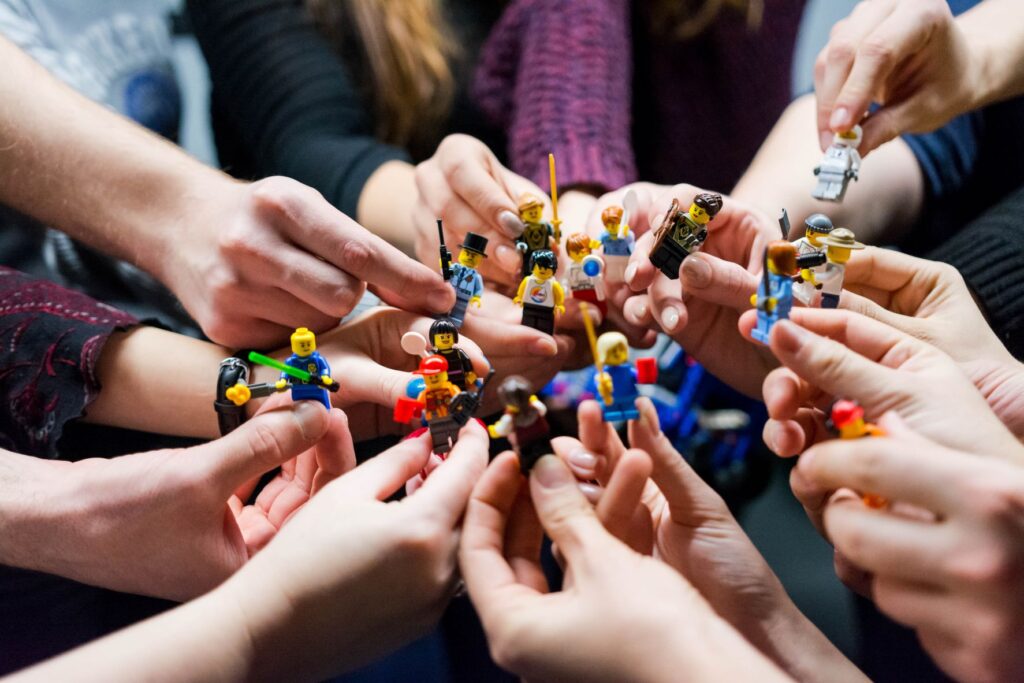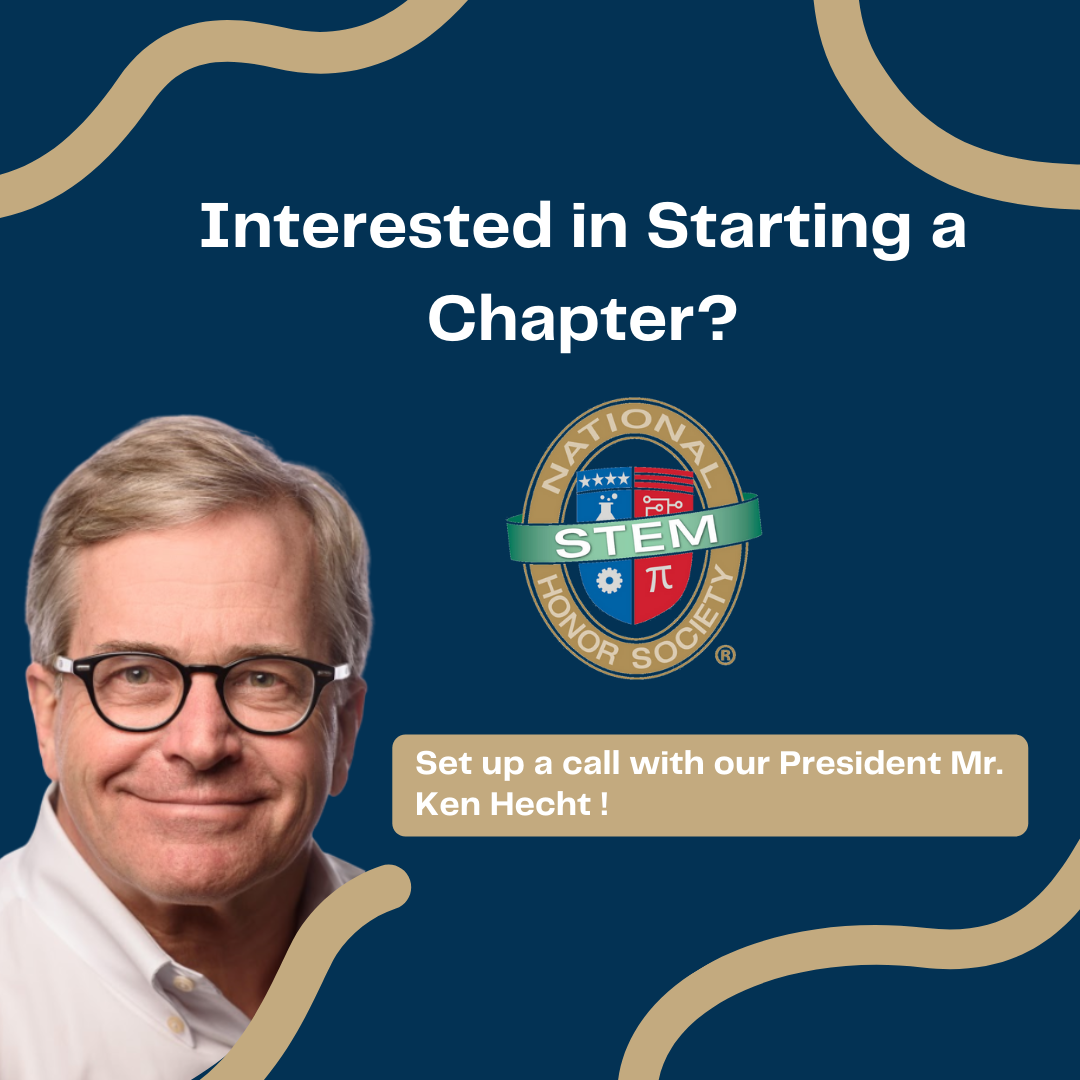
LEGO projects are a fun and engaging way to incorporate STEM (science, technology, engineering, and math) learning into the classroom. Not only do they allow students to think creatively and problem solve, but they also provide hands-on learning opportunities that can make the material more relatable and memorable. Here are four smart ways to utilize LEGO projects in your students’ STEM learning for grades 3-5.
- Use LEGOs to teach mathematical concepts. LEGOs can be used to teach a wide range of mathematical concepts, from basic counting and measurement to more advanced concepts like geometry and fractions. For example, students can use LEGOs to build geometric shapes and explore their properties or use LEGOs to create a scale model of a building or structure and learn about measurement and proportion. Here is an NSTEM resource to get you started!
- Use LEGOs to teach engineering concepts. LEGOs are a great tool for teaching engineering concepts. Students can use LEGOs to design and build structures, machines and vehicles, learning about concepts like strength and stability, gears and pulleys, and simple machines. They can also learn about the design process and how to iterate and improve their designs. Here is an NSTEM resource to get you started!
- Use LEGOs to teach coding and computer programming. LEGOs can be used to teach coding and computer programming, as well. There are many different LEGO kits and software that allow students to create programs and code that control their LEGO creations. This is a great way to introduce students to the basics of coding and programming and how it can be used to control and manipulate real-world objects. Here is an NSTEM resource to get you started!
- Use LEGOs to teach scientific concepts. LEGOs can be used to teach a wide range of scientific concepts, from simple machines and forces to more advanced concepts like energy and motion. For example, students can use LEGOs to build simple machines and learn about how they work and how energy is transferred. They can also use LEGOs to build models of chemical reactions or physical phenomena, helping to bring abstract concepts to life. Here is an NSTEM resource to get you started!
LEGO projects are a fun and engaging way to incorporate STEM learning into the classroom. They allow students to think creatively, problem solve and provide hands-on learning opportunities that can make the material more relatable and memorable. By using these four suggestions, you can help your students learn and grow in a fun and interactive way.
By Lakshya Jain
Do you want more resources on the topic of STEM projects? NSTEM’s vast resources database provides thousands of STEM resources that are searchable by category, school level and state. This comprehensive library includes info on enrichment activities, curricula, internships, scholarships and more. Check out a free sampling here. Or get an NSTEM membership today to unlock the complete list.
Grades 3-5 continue the STEM education journey, where students are interested in the natural world, in how things work, responding to stories told by teachers that give purpose and meaning to STEM disciplines, which molds them into thinkers, problem solvers and creators. The National STEM Honor Society sees grades 3-5 as a critical point in the NSTEM journey. To start your grade 3-5 chapter of the National STEM Honor Society, click here.
